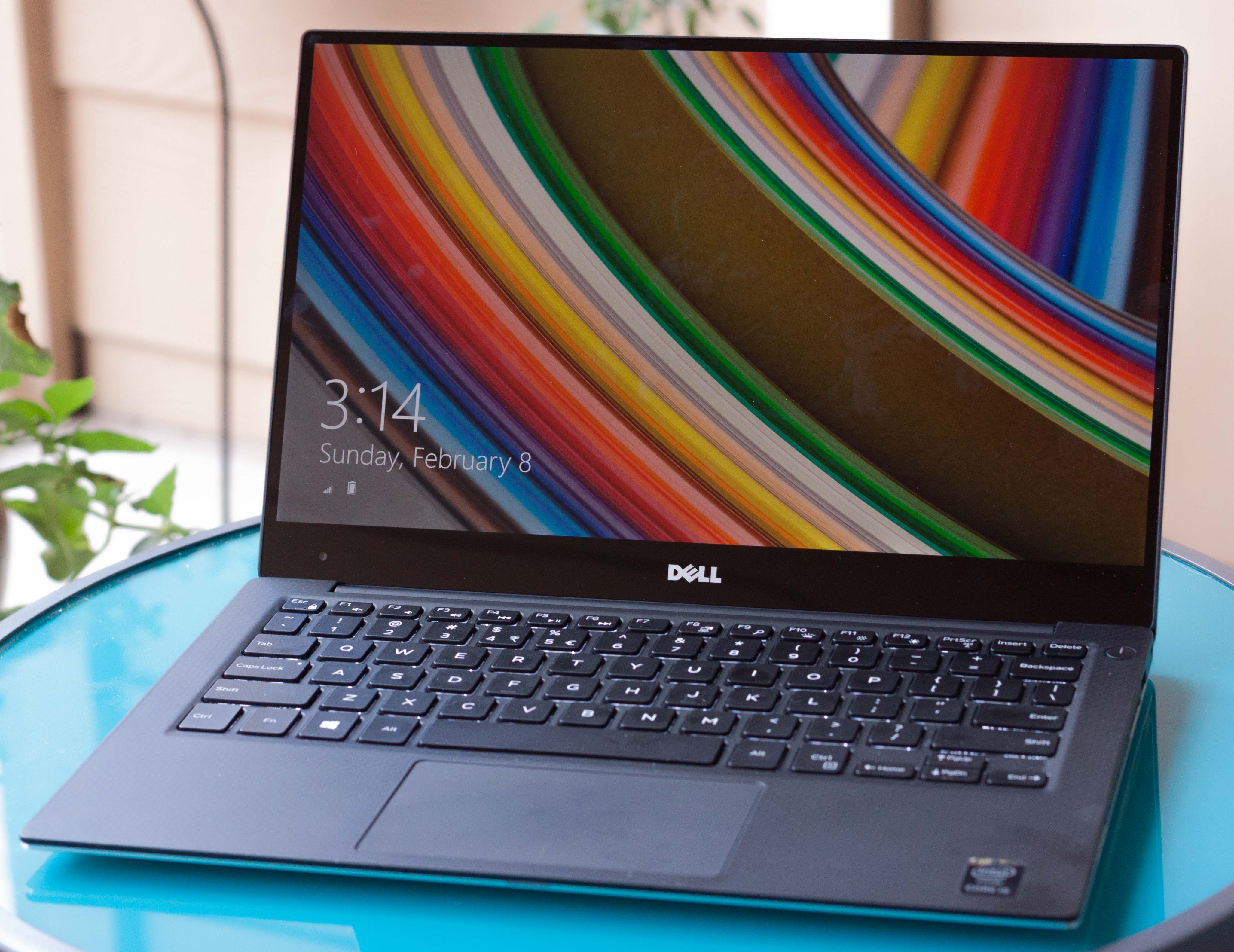Windows 8 presents a dilemma for PC makers. It contains two very different user interfaces: a touch-oriented, tablet-like one with clusters of tiles, full-screen apps and an on-screen keyboard; plus the traditional Windows desktop and apps, which are best used with a mouse or a touch pad and physical keyboard. So the hardware companies are trying to create laptops that work well with both environments. This week, I've been testing one of the most creative and best-known of these new laptops, the $1,000 IdeaPad Yoga 13 from Lenovo. It takes its name from the fact that, like a yoga practitioner, it can contort itself into multiple positions, some of them unusual, using a sturdy but flexible hinge. The Yoga PC can look and work like a standard clamshell laptop, with an excellent keyboard at the front and its sharp 13.3-inch touch screen display behind it. Or it can be folded into tablet mode, with the keyboard hidden under the display, which faces up for tapping and swiping on it.
A third position, "stand mode," turns the Yoga into a sort of mini-monitor for, say, viewing movies on an airplane, by allowing the screen to flip up from its base, with the keyboard behind it. And a final position, "tent mode," stands the machine in an inverted V, with the slanted display facing toward you. In this mode, the screen is more rigid than in stand mode, so it's better for tapping and swiping while doing active tasks, like scrolling through Web pages. I've been testing the Yoga for the better part of a week and I admire its creativity and the typical Lenovo quality with which it's built. I found it did a good job with popular, traditional Windows programs, as well as the new-style, tablet-type apps. It is speedy and fluid, and relatively light and thin at 3.3 pounds and 0.67 inch thick. It runs the full version of Windows 8, which supports most existing Windows programs.
I also found some significant downsides to the Yoga. Despite its hefty price, it has limited storage, only fair battery life and lacks a backlit keyboard. In tablet and stand modes, the exposed keyboard is on the bottom, raising the possibility that it could attract moisture or dirt when on a sticky, dusty or wet surface. The keyboard is recessed slightly to mitigate this risk, and it is disabled in these modes. But I still worried about a naked keyboard being the bottom surface of a computer.
Worse, it has a bug which periodically disables key functions of the touch pad, such as two-finger scrolling and the ability to swipe on the touch pad to activate key Windows 8 features. Lenovo pledges to fix the bug, which it attributes to a mysterious interaction between the third-party touch-pad software it uses and Microsoft Office. But the company's attempts to solve the problem during my testing failed. If you're considering buying the Yoga, I recommend checking to make sure the bug is fixed. Even though it has a touch screen, the touch pad will be a more natural way for many people to navigate traditional desktop software. The 13-inch Yoga I tested will be joined in December by a similarly flexible 11-inch model, which will start at $800. But this smaller, lighter model will run a variant of Windows called RT that-unlike the larger Yoga-doesn't allow you to install any traditional Windows desktop apps. Though both machines can act either as laptops or tablets, Lenovo officials describe the larger model as notebook-centric and the smaller one as tablet-centric.
In fact, like a lot of competing Windows 8 laptops that can be converted in some way to lie flat like tablets, I found the Yoga 13 to be clumsy to use in tablet mode. It's more than twice as heavy than the weightiest iPad and almost twice as thick. I tried reading an e-book with the Yoga in tablet mode and had to give up after a while because I just found it unwieldy as a tablet. As a regular laptop, however, it performed well, except for the touch-pad bug. All the new tablet-style apps worked smoothly and swiftly. And I easily installed and successfully ran some of the most popular desktop programs, including Microsoft Word, Excel, PowerPoint and Outlook; Google's Chrome browser; Apple's iTunes; and Adobe Reader. You won't be able to store much data on the Yoga, however. It is only available with a 128 gigabyte solid-state drive, and, shockingly, only 60 gigabytes of that is available to the user-the rest is occupied by system files. Lenovo will soon be increasing available storage to 70 GB, but that is still paltry. An optional 256 GB drive also is in the works, but it will cost at least $100 extra.
In my harsh battery test, where I turn off all power-saving features, crank the screen to 100% brightness, leave on the Wi-Fi to collect email, and play music until the battery dies, the Yoga 13 lasted just 4 hours and 31 minutes. By contrast, Apple's similar-size MacBook Air lasted just under 6 hours in the same test. In normal use, I suspect you might be able to squeeze between 5 and 5.5 hours out of the Yoga. The Yoga 13 configuration I tested, a special one made for Best Buy, uses a midrange Intel processor and has 4 GB of memory. Models with more memory or faster processors cost up to $1,300. This computer feels great in the hand. The case has a soft, matte feel, and the palm rest is covered in leather. I salute Lenovo for design imagination. But the touch-pad bug, available storage, and battery life, combined with the hefty price, make the Yoga 13 less than ideal.

Comments
Post a Comment